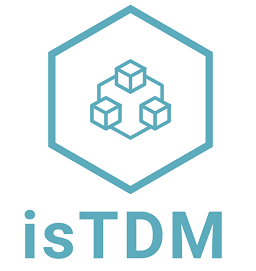Definition(s):
It performs actions to register relevant information about TD, which contributes to increasing the communication on existing TD with all stakeholders and making explicit such debt characteristics. The documented debts can be structured in a backlog of TD items to increase visibility. Furthermore, it refers to recording all the technical decisions about managing debts. For instance, to make available information about TD items’ status, prioritization of repayment, and the possible technologies to support their repayment.
Source(s):
- S5- Li, Zengyang, Paris Avgeriou, and Peng Liang. “A systematic mapping study on technical debt and its management. Syst. Softw., 101 (2015), pp. 193-220.
- Behutiye, Woubshet Nema, et al. “Analyzing the concept of technical debt in the context of agile software development: A systematic literature review.” Information and Software Technology 82 (2017), pp. 139-158.
- Klimczyk, Paweł, and Lech Madeyski. “Technical Debt Aware Estimations in Software Engineering: A Systematic Mapping Study.” e-Informatica Software Engineering Journal 14.1 (2020), pp. 61-76.
- Lenarduzzi, Valentina, et al. “A systematic literature review on Technical Debt prioritization: Strategies, processes, factors, and tools.” Syst. Softw., 171 (2020): 110827.
- Alfayez, Reem, et al. “A systematic literature review of technical debt prioritization.” Proceedings of the 3rd International Conference on Technical Debt (2020), pp.1-10.
- Dalla, L. O. F. B. “Systematic Mapping on a metaphorical issue of Technical Debt framework.” International Journal of Health and Pharmaceutical Research E-ISSN 2545-5737 P-ISSN 2695-2165, Vol 5. (3), (2020).
- B. A. Lunde and R. Colomo-Palacios. “Continuous practices and technical debt: a systematic literature review.” Proceedings of the International Conference on Computational Science and Its Applications (ICCSA). IEEE, (2020), pp. 40-44.
- Jeronimo Junior, Helvio, and Guilherme Horta Travassos. “Consolidating a Common Perspective on Technical Debt and its Management Through a Tertiary Study.” Information and Software Technology (2022): 106964.
